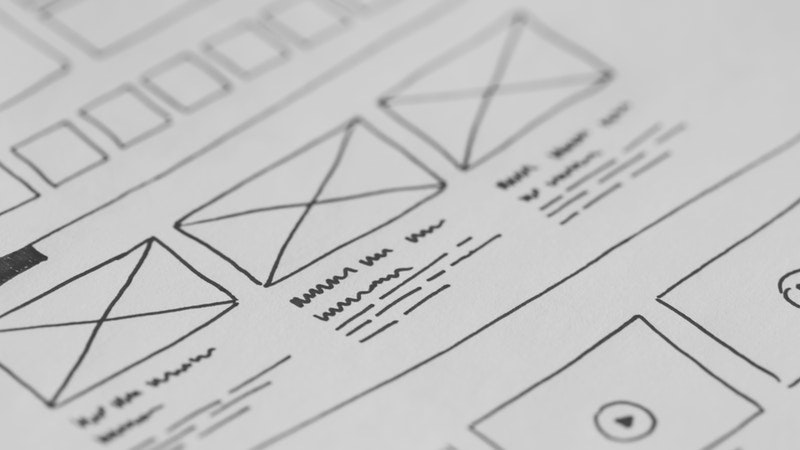The Building Blocks of UX
Episode #5 of the course User experience design for non-designers by Lyndon Cerejo
Welcome to Day 5 of our course on design and user experience!
Yesterday, we discussed how personas, journey maps, and user requirements make our User Research actionable for everyone involved in the design and development process.
Today, as we move to the UX Design stage, let’s start by understanding the building blocks of user experience. Since user experience design can mean different things to different people, it helps to have a framework that describes the different building blocks of user experience and use these as a guide when designing or evaluating user experiences.
“Everything is designed. Few things are designed well.” —Brian Reed
So, the building blocks of the UX are:
1. Content. This is material presented on the site, in any medium, that provides information to the user. The presence or absence of decision critical content directly impacts perceived usability.
2. Functionality. This includes features and tools that allow users to take action and achieve their goals.
3. Information design. This is the way in which content and functionality are arranged in a logical structure and the tools used to locate a desired item. The ability to navigate quickly and accurately is essential to high-perceived usability.
4. Social features or content. This includes features or content that create for users a sense of social participation or enable them to exchange ideas and information. On many sites, community is a key component of customer self-service, and user reviews and ratings become supporting content.
5. Usability. This is the ability for users to accomplish their goals quickly, simply, and with a minimum of frustration or errors.
6. Help and support. This includes the options that users have to get assistance to accomplish their tasks. Support options available should match users’ preferred option (email, chat, phone).
7. Trust. This is the level of trust and comfort customers feel about conducting business within the experience. This includes issues around privacy, security, and professionalism. High levels of usability will enhance customer confidence in both the website and the brand.
8. Fulfillment. This is the completion of the transaction after the experience has ended (e.g., shipping). Users must not only feel confident that their online actions have been completed successfully, but subsequent offline fulfillment must also effectively complete the transaction initiated online.
9. Marketing. This is the way users can initially find the site and the way to bring them back. World-class usability enhances magnetism by creating the positive user experience fundamental to customer loyalty.
10. Customer insight. This is the degree to which the consumer feels that the site has tailored its presentation and functionality to their needs. This includes consideration of multilingual users, handicapped users, and various other constituents with specialized needs, as well as various forms of personalization.
11. Brand impact. This includes the thoughts and feelings users have about the brand during their visit and the degree to which their opinions and attitude toward the brand are changed or enhanced by the experience.
12. Design. This is the visual and interactive presentation of the experience. A presentation that distracts the customer from achieving their goals will negatively impact usability and the overall user experience.
The twelve building blocks are a good guide for what we need to keep in mind as we go through detailed design. Not all elements will apply to all projects; for instance, there may not need to be a fulfillment aspect for some sites or experiences, while an internal application like a timesheet tool will not need a marketing aspect. A few key elements, including information architecture, content, functionality, usability, support and help, and design, apply to most sites.
Our next email will compare the stages of UX Design to building a house and discuss the three main stages, focusing on content, functionality, information architecture, interaction design, and visual design.
Here’s to design through your user’s eye!
Lyndon
Recommended book
Hooked: How to Build Habit-Forming Products by Nir Eyal
Share with friends

